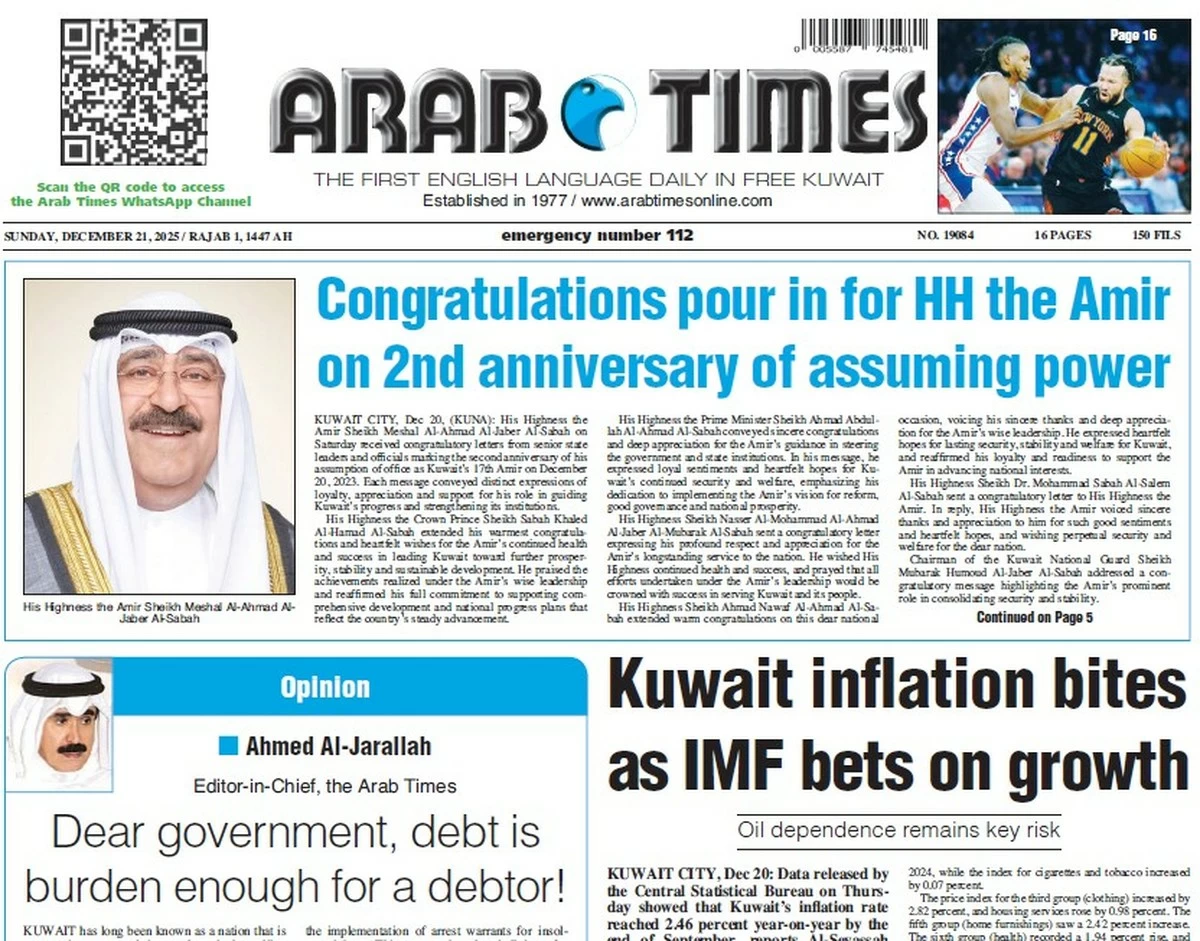04/01/2016
04/01/2016
DOHA, Qatar, Jan 3, (RTRS): Qatar’s Ministry of Development Planning and Statistics released the following preliminary third-quarter gross domestic product data on Sunday, adjusted for inflation.
Qatar Real GDP Q3/15 Q2/15 Q1/15
pct change year/year 3.8 4.8 4.1
pct change quarter/quarter 2.8 0.5 3.4
Note: The base year is 2013. The mining and quarrying sector, which includes oil and gas, expanded 0.1 percent from a year earlier and 1.1 percent from the previous quarter. The rest of the economy grew 7.8 percent from a year earlier and 4.4 percent from the previous quarter.
Qatar’s foreign trade surplus shrank 54 percent from a year earlier to 10.92 billion riyals ($3.0 billion) in November, data from the Ministry of Development Planning and Statistics showed.
Exports of petroleum gases and other gaseous hydrocarbons dropped 41 percent to 13.27 billion riyals.
Qatar Foreign Trade 11/15 10/15 11/14
Exports (mln riyals, FOB) 21,277 22,603 33,598
Imports (CIF) 10,354 10,366 10,071
Balance 10,923 12,237 23,527
Dynamics (pct yr/yr change in riyal terms)
Exports -36.7 -33.3
Imports 2.8 8.5
Balance -53.6 -49.7
Note: FOB – free on board, CIF – cost, insurance and freight.
Meanwhile, an austere state budget released by Saudi Arabia this week is likely to mark the end of an era for the Gulf’s lavish cradle-to-grave welfare systems, encouraging governments around the region to roll back costly handouts to their populations.
Gulf governments have tightened their belts in the past during periods of slumping oil prices. But the Saudi budget went further than usual by including steps that will directly hit the purchasing power of citizens – in particular, raising domestic gasoline, kerosene, water and electricity prices.
Some countries had already launched reforms before Riyadh made its move. In August, the United Arab Emirates abandoned a system of fixed gasoline prices in favour of one linked to global oil prices; gasoline has barely risen, but the way is clear for it to do so in future when oil eventually recovers.
Bahrain more than doubled prices of beef and chicken in October as it removed subsidies on them, and this week the Bahraini cabinet approved a new system for diesel and kerosene that would allow prices to rise gradually in coming years.
Bigger changes are on the way. Governments in Bahrain, Kuwait, Qatar and Oman, which face financial squeezes of varying intensity, have all said they are conducting broad reviews of their subsidy systems, though they have not yet committed to specific reforms. Because of political sensitivities, governments are likely to move cautiously; Saudi officials stressed this week that they wanted to minimise the impact on the living standards of lower- and middle-income people.
In the wake of the Saudi budget, Kuwait’s Finance Ministry Undersecretary Khalifa Hamada told the Al-Qabas newspaper that his ministry would present a proposal to “rationalise” subsidies to an economic committee in the cabinet at the end of this week.
The proposal would save the government 6.2 billion dinars ($20.5 billion) over the next three years, Hamada said, estimating that without reforms, Kuwait would spend 16 billion dinars on subsidies over three years. Saudi tax policy is also expected to influence the Gulf, because of the close ties between the region’s economies.


